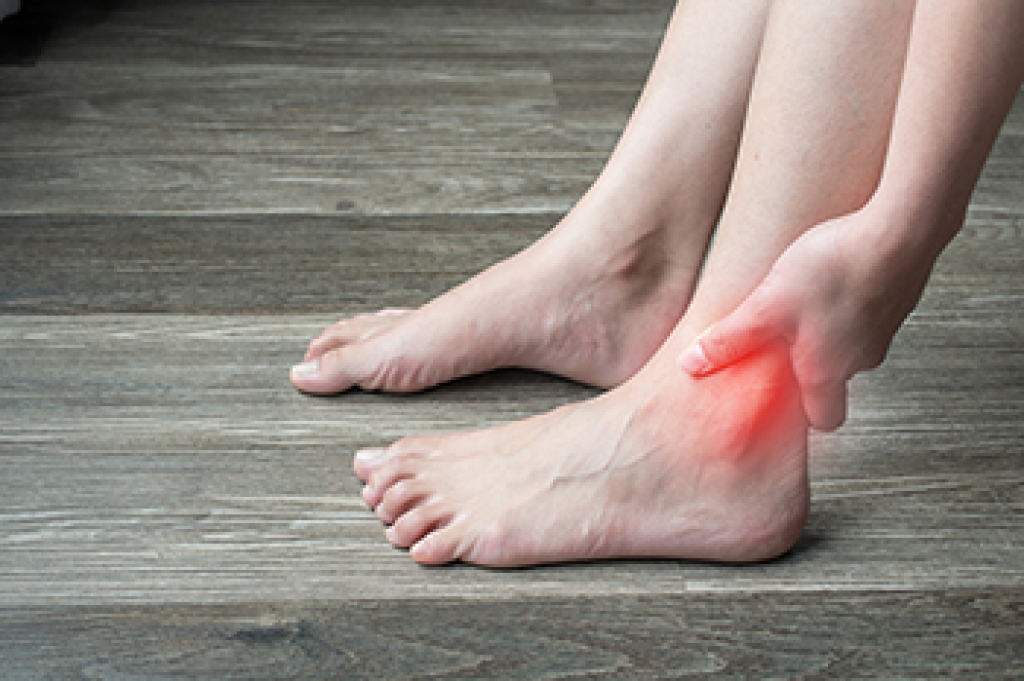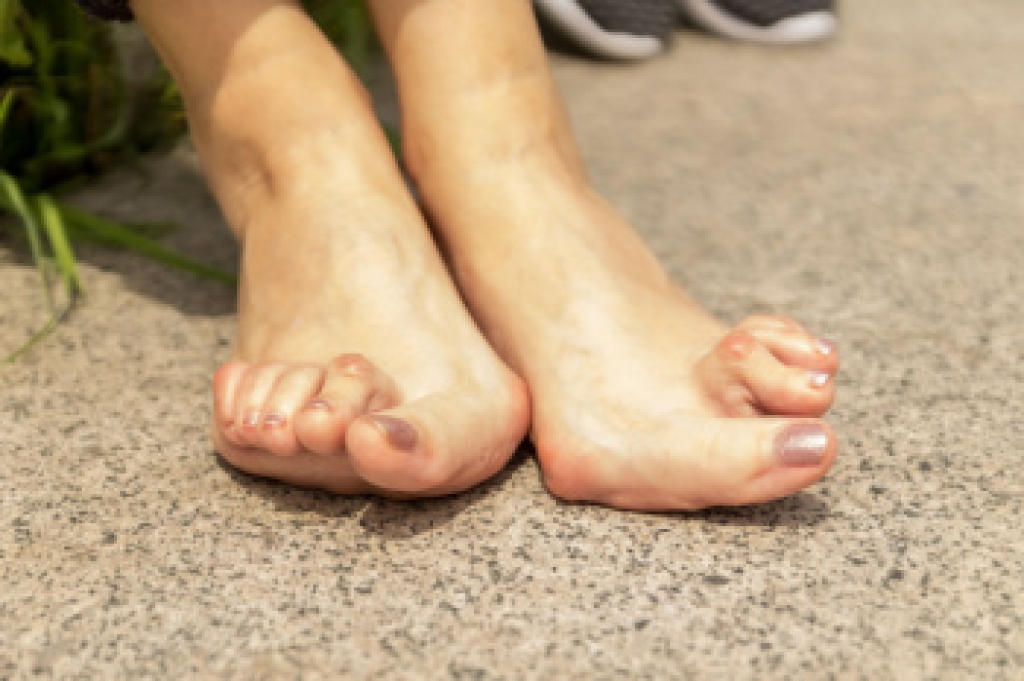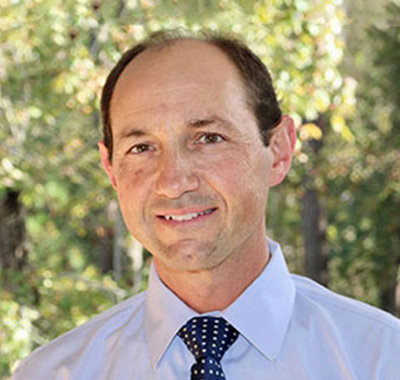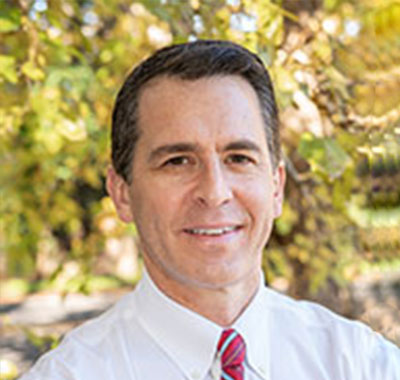
Ankle pain is a common condition that can limit mobility and affect daily activities. It refers to discomfort, swelling, or stiffness in or around the ankle joint, and may develop suddenly or over time. Causes of ankle pain include infection within the ankle joint which can lead to redness, warmth, and severe discomfort. Arthritis is another frequent cause resulting in joint inflammation, reduced motion, and ongoing pain. Blockage of blood vessels in the leg can also contribute to ankle pain by limiting circulation and slowing healing. A podiatrist can evaluate the ankle through a detailed exam and diagnostic imaging to determine the underlying cause. Treatment may include medication therapy, supportive devices, or management of circulation issues. If ankle pain is persistent or worsening, it is suggested that you consult a podiatrist who can determine what the cause is, and offer effective treatment solutions.
Ankle pain can have many different causes and the pain may potentially be serious. If you have ankle pain, consult with one of our podiatrists from Carolina Foot & Ankle Specialists. Our doctors will assess your condition and provide you with quality foot and ankle treatment.
Ankle pain is any condition that causes pain in the ankle. Due to the fact that the ankle consists of tendons, muscles, bones, and ligaments, ankle pain can come from a number of different conditions.
Causes
The most common causes of ankle pain include:
- Types of arthritis (rheumatoid, osteoarthritis, and gout)
- Ankle sprains
- Broken ankles
- Achilles tendinitis
- Achilles tendon rupture
- Stress fractures
- Tarsal tunnel syndrome
- Plantar fasciitis
Symptoms
Symptoms of ankle injury vary based upon the condition. Pain may include general pain and discomfort, swelling, aching, redness, bruising, burning or stabbing sensations, and/or loss of sensation.
Diagnosis
Due to the wide variety of potential causes of ankle pain, podiatrists will utilize a number of different methods to properly diagnose ankle pain. This can include asking for personal and family medical histories and of any recent injuries. Further diagnosis may include sensation tests, a physical examination, and potentially x-rays or other imaging tests.
Treatment
Just as the range of causes varies widely, so do treatments. Some more common treatments are rest, ice packs, keeping pressure off the foot, orthotics and braces, medication for inflammation and pain, and surgery.
If you have any questions please feel free to contact our offices located in Mount Pleasant and Charleston, SC . We offer the newest diagnostic tools and technology to treat your foot and ankle needs.






